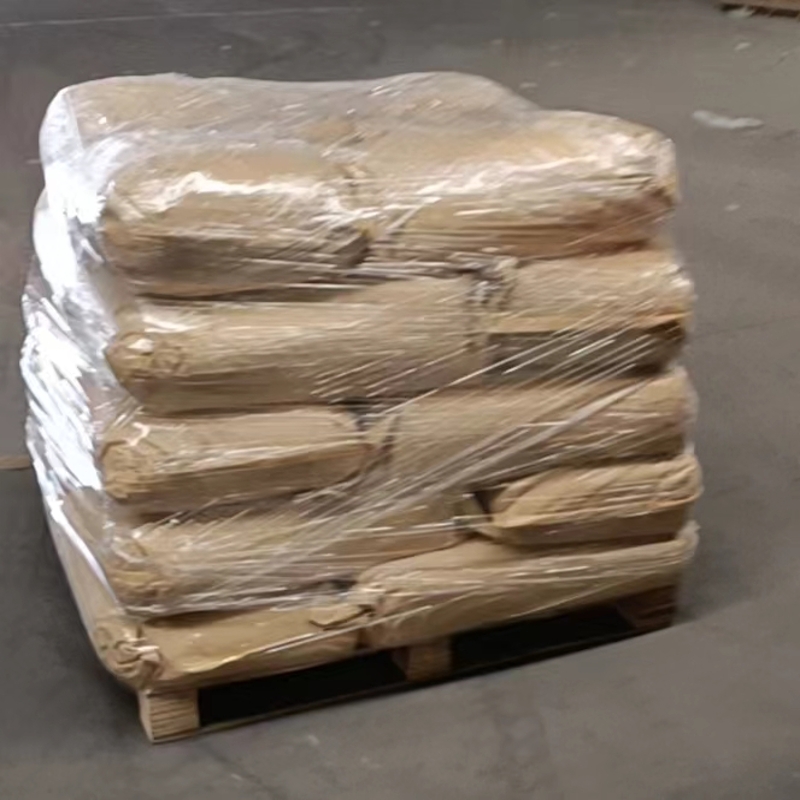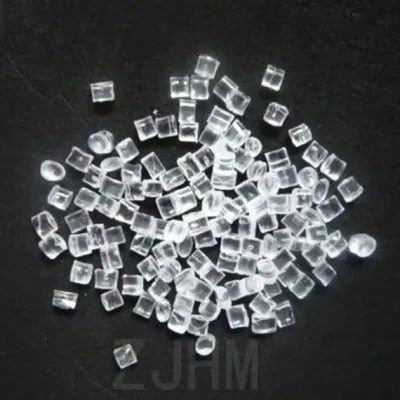-
Categories
-
Pharmaceutical Intermediates
-
Active Pharmaceutical Ingredients
-
Food Additives
- Industrial Coatings
- Agrochemicals
- Dyes and Pigments
- Surfactant
- Flavors and Fragrances
- Chemical Reagents
- Catalyst and Auxiliary
- Natural Products
- Inorganic Chemistry
-
Organic Chemistry
-
Biochemical Engineering
- Analytical Chemistry
-
Cosmetic Ingredient
- Water Treatment Chemical
-
Pharmaceutical Intermediates
Promotion
ECHEMI Mall
Wholesale
Weekly Price
Exhibition
News
-
Trade Service
At present, NASA optical physicists say that the laser communication link of 622Mbps per second has reached the micron level
.
Laser communication enables high-speed downloads at speeds never seen before, and is far enough and accurate
.
The lab results suggest that laser communications will be used for space missions
in the near future.
The laser communication technology was developed by NASA's Goddard Space Flight Center and is based on high-precision ranging technology
.
For example, we can use laser communication devices on the Cubesats small satellite, eliminating the need for large communication devices, which are at best the size of
a shoebox.
In 2013, NASA's Lunar Atmosphere and Dust Environment Explorer (LADEE) conducted a laser communications experiment to establish a laser link between the Moon and Earth, demonstrating the ability of laser communications to
download and upload data.
This demonstrates the trend of lasers replacing radio communications, more reliable
than any radio-based deep space communication system currently used by NASA.
Some operators are also considering using lasers as a channel for spacecraft data downloads, which take several days to download at 50 kilobits per second using the LADEE radio system, while laser communication takes only 4 minutes to complete
.
LLCD's laser communication system has a very high accuracy and can be used to measure the distance of spacecraft or celestial objects
.
NASA has tested laser lunar ranging to obtain the most accurate lunar distance
ever.
In terms of communication, laser communication is also more accurate than radio equipment
.
The new pico laser communication transceiver is currently being tested in the lab at speeds accurate to 10 microns per second, using fast Fourier transforms to enable specialized computational algorithms
.
Dennis deputy director of navigation and communication technology at the Goddard Space Flight Center believes that if the accuracy is poor, we will not be able to locate the position, the position of the deep space spacecraft is the basis of laser communication, we can also use it for navigation, and laser communication will play a large role
in future interplanetary space flight.
At present, NASA optical physicists say that the laser communication link of 622Mbps per second has reached the micron level
.
Laser communication enables high-speed downloads at speeds never seen before, and is far enough and accurate
.
The lab results suggest that laser communications will be used for space missions
in the near future.
The laser communication technology was developed by NASA's Goddard Space Flight Center and is based on high-precision ranging technology
.
For example, we can use laser communication devices on the Cubesats small satellite, eliminating the need for large communication devices, which are at best the size of
a shoebox.
In 2013, NASA's Lunar Atmosphere and Dust Environment Explorer (LADEE) conducted a laser communications experiment to establish a laser link between the Moon and Earth, demonstrating the ability of laser communications to
download and upload data.
This demonstrates the trend of lasers replacing radio communications, more reliable
than any radio-based deep space communication system currently used by NASA.
Some operators are also considering using lasers as a channel for spacecraft data downloads, which take several days to download at 50 kilobits per second using the LADEE radio system, while laser communication takes only 4 minutes to complete
.
LLCD's laser communication system has a very high accuracy and can be used to measure the distance of spacecraft or celestial objects
.
NASA has tested laser lunar ranging to obtain the most accurate lunar distance
ever.
In terms of communication, laser communication is also more accurate than radio equipment
.
The new pico laser communication transceiver is currently being tested in the lab at speeds accurate to 10 microns per second, using fast Fourier transforms to enable specialized computational algorithms
.
Dennis deputy director of navigation and communication technology at the Goddard Space Flight Center believes that if the accuracy is poor, we will not be able to locate the position, the position of the deep space spacecraft is the basis of laser communication, we can also use it for navigation, and laser communication will play a large role
in future interplanetary space flight.







